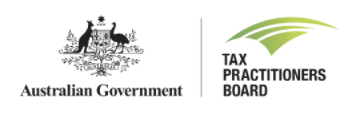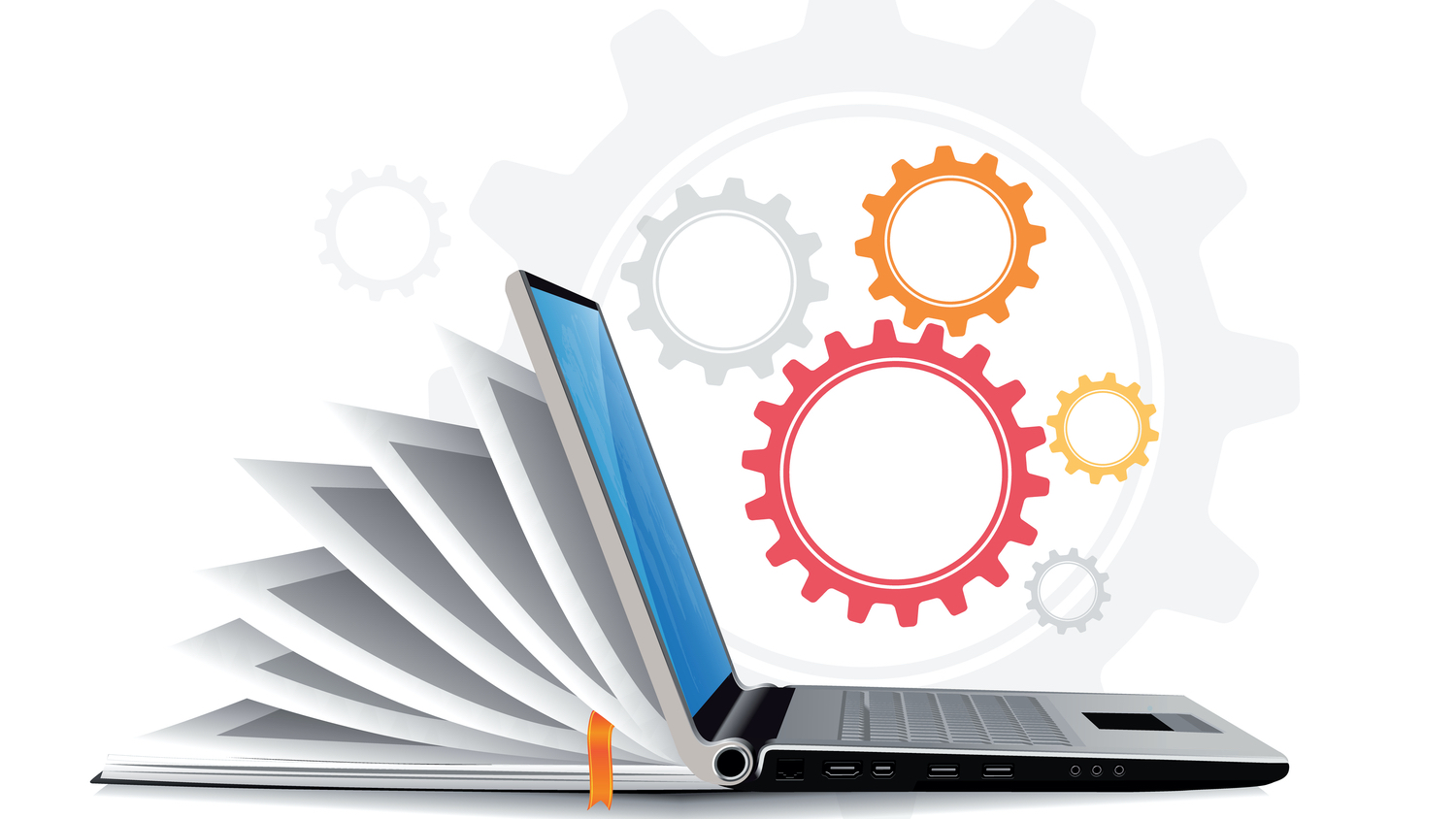As we have started to see, Accounting in Australia has developed and been a part of society since the black-and-white era. Let’s now just see some critical information that has helped shape the world of Accounting in Australia.
One of Australia’s earliest accountants remains one of the country’s greatest historical figures. John Macarthur arrived in Sydney in 1790, a military officer determined to prosper in the new colony.
Macarthur and his wife Elizabeth are famous for introducing merino sheep to Australia and he is cited as the father of the Australian wool industry, but it was Macarthur’s accounting skills that set him on his way. As one of the few people who knew how to prepare a statement of account, he gained insights into trends and the growth of commerce in the new colony.

Some big figures in the Accounting World of Australia include Sir Alexander Fitzgerald and Mary Addison Hamilton.
Sir Alexander Fitzgerald
Australia’s first schools taught accounting, with a school in Sydney opening in 1805 offering child pupils tuition in reading, writing, arithmetic and bookkeeping “according to the Italian mode” (double-entry bookkeeping).
Sir Alexander Fitzgerald was a pioneer in accounting education and was described as “the outstanding figure of his time in Australian accounting”.
Born in 1890, he entered the workforce as a clerk for a hardware merchant, but studied accounting and worked his up way up in the profession.
When the University of Melbourne introduced a commerce degree in 1925, he enrolled as a foundation student while also taking a job as an assistant lecturer in accounting.
Mary Addison Hamilton

In 1915 Mary Addison Hamilton was the first woman appointed to a professional accounting body anywhere in the Commonwealth, when the Institute of Accountants and Auditors of Western Australia, a precursor of CPA Australia, admitted her as a member. An outstanding student, she topped Fremantle Chamber of Commerce examinations and studied accountancy at night school.
Hamilton broke down the barriers to being recognised as a professional at a time when women were refused entry to many professional associations. She worked as a clerk for the WA Education Department but volunteered accountancy services as treasurer or auditor to many not-for-profit groups, including the Royal Lifesaving Society and Catholic Women’s League.

The Institute of Certified Bookkeepers (ICB) is the largest bookkeeping institute in the world. It promotes and maintains the standards of bookkeeping as a profession, through the establishment of expectations, relevant qualifications and the award of grades of membership that recognise academic attainment, working experience and expertise.
The Institute’s objectives are:
- to promote bookkeeping as a profession
- to enable bookkeeping to gain recognition as an integral part of the financial profession
- to promote training in the principles of bookkeeping
- to enable the achievement of a qualification
- to improve the career prospects of its members
Consultation with the Government, employers, businesses, the profession itself and the industry have confirmed and amplified the Institute’s assessment of the need for qualified certified bookkeepers.
Businesses, both large and small, are fully supportive of the objectives of The Institute of Certified Bookkeepers.
ICB Australia
Bookkeepers helping Bookkeepers helping Business
ICB works to provide the most effective understanding of and consideration of all bookkeepers. ICB is the bookkeeper’s voice as the world around us continues to change.
Concept Statements
ICB promotes and maintains the standards of bookkeeping as a profession, through the establishment of expectations, relevant qualifications and the award of grades of membership that recognise academic attainment, working experience and expertise.
ICB is involved in many aspects of the industry. For example:
- Tax Practitioners Board (TPB) is a Recognised Professional Association
- Representing BAS Agents and Bookkeepers on the ATO TPSG (Australian Tax Practitioners Stewardship Group)
- Membership of the Australian Tax Office BAS Agents Advisory Group (BASAAG)
- Appointed Board member of the Business Registry Strategic Advisory Council
- Member of Working Groups with the Australian Small Business & Family Enterprise Ombudsman (ASBFEO)
For more information, visit the ICB website.
CPA Australia
The current form of CPA Australia dates from 1952 when the Commonwealth Institute and Federal Institute merged to create the Australian Society of Accountants. In July 1990, the name changed to the Australian Society of Certified Practising Accountants. In April 2000, the name became CPA Australia.
The foundation membership of 45 was comprised of the 43 eligible acceptances plus John Pickering Dagnell and Robert McCaskie. Investigation of the minutes shows that the committee wrote to John Pickering Dagnell and Robert McCaskie after the 12 April 1886 meeting and requested each join as a fellow and founding father; both accepted and paid the fees. Ebenezer Cox, who was present at the inaugural meeting, was ineligible as he had not been in practice for long enough.
Registered Tax Agent

The Tax Practitioners Board (TPB) is a national body responsible for the registration and regulation of tax agents, BAS agents and tax (financial) advisers (collectively referred to as 'tax practitioners). The TPB is also responsible for ensuring compliance with the Tax Agent Services Act 2009 (TASA), including the Code of Professional Conduct (Code).
This is achieved by:
- administering a system to register tax practitioners, ensuring they have the necessary competence and personal attributes
- providing guidelines and information on relevant matters
- investigating conduct that may breach the TASA, including non-compliance with the Code, and breaches of the civil penalty provisions
- imposing administrative sanctions for non-compliance with the Code
- applying to the Federal Court in relation to contraventions of the civil penalty provisions in the TASA.
The TPB consists of a Board and Chair appointed by the Treasurer and staff made available by the Commissioner of Taxation.
Accounting is the language of businessWarren Buffett

While some business owners prefer manual record-keeping systems, most businesses use an electronic record-keeping system — making it easier to capture information, generate reports and meet tax and legal reporting requirements.
There are a number of issues you should consider when setting up an electronic or manual record-keeping system, as each has certain advantages and limitations.
Before the revolution of technology and the innovations we have seen in the accounting and bookkeeping world, most smaller and stand-alone
| Point of Difference | Manual Accounting | Accounting Software |
|---|---|---|
| Speed | Recording financial transactions and retrieving them for report generation takes more time | Accounting software saves a lot of time as it allows quick and seamless data entry, invoice preparation, generating reports etc |
| Accuracy | The biggest challenge while maintaining accounts manually is human error and so the chances of getting accurate results become low | Accounting software allows automated calculations which can provide accurate results |
| Automation | You need to add, edit and recheck the data manually which becomes tedious in case there are too many transactions | As calculations are done automatically it becomes easy to get results and come to a conclusion. |
| Integration | The transaction affecting other departments within an organization needs to be recorded in multiple places | Accounting software integrates other business processes like banking, marketing, taxation etc so a single data entry gets reflected in multiple reports. |
| Reporting | It is ambiguous and time-consuming to retrieve data from different books and complete it as a report | With a single click of the mouse or tap, customized reports can be generated in seconds |
| Auditing and Taxation | With the growing complexities in auditing and taxation, it has just become next to impossible to complete these tasks manually in an accurate manner | Accounting software allows automatic compliance testing of the transactions and filing returns based on accurate data |
| Backup | It requires a lot of physical space to store the books and ledgers to maintain the backup | The backup is stored in the computer automatically and so it becomes highly convenient |
| Security | All the data is maintained in the books and ledgers which can be accessed by anyone and security can be compromised | It requires a password to access confidential information and thus accounting software provides high-end security |
Studies have shown that a lot of students are embarking on this field of study for various reasons. Some of these have been due to families running their own businesses and implementing their own accounting and bookkeeping as a cost and time-effective measure.
As well with the dawn of innovation and abundance of work opportunities, people who are getting out there developing and starting up their own business or “side hustle” have found the need to manage their own finances and identify their money and income. These people are called Entrepreneurs.
Entrepreneurs have become a symbol of independence and wealth, especially with the rise of reality television and television shows based around the concept of starting your own business and putting your ideas and products out to market.
What are Entrepreneurs and Entrepreneurship? Let’s explore these concepts and how they relate to this course.
The best example of entrepreneurship is the starting of a new business venture. Entrepreneurs are often known as a source of new ideas or innovators and bring new ideas into the market by replacing old with new inventions.
4 Types of Entrepreneurship
Characteristics of Entrepreneurship
Not all entrepreneurs are successful; there are definite characteristics that make entrepreneurship successful. A few of them are mentioned below:
Importance of Entrepreneurship
Accounting – is possibly the most boring subject in the world. And also it could be the most confusing. But if you want to be rich, long term, it could be the most important subject.unknown

